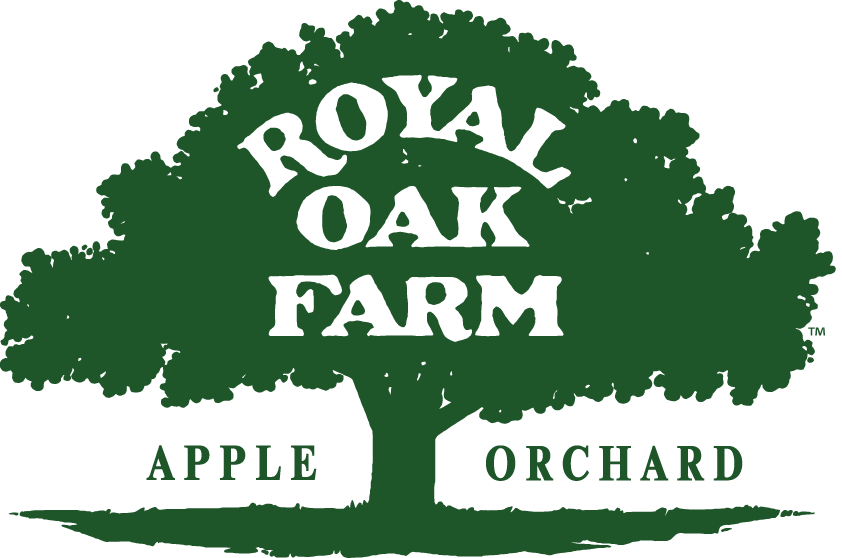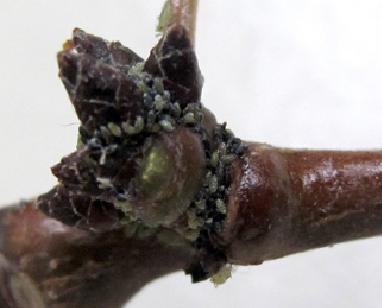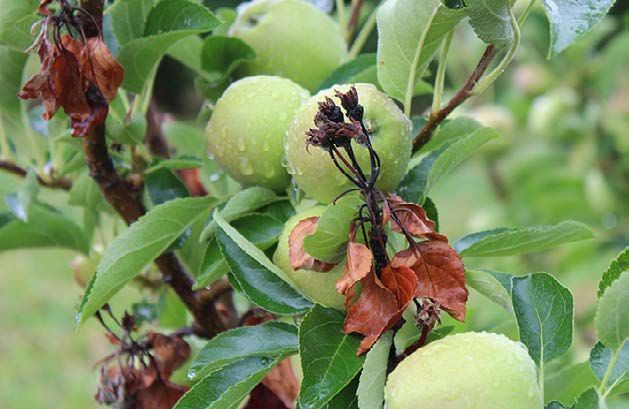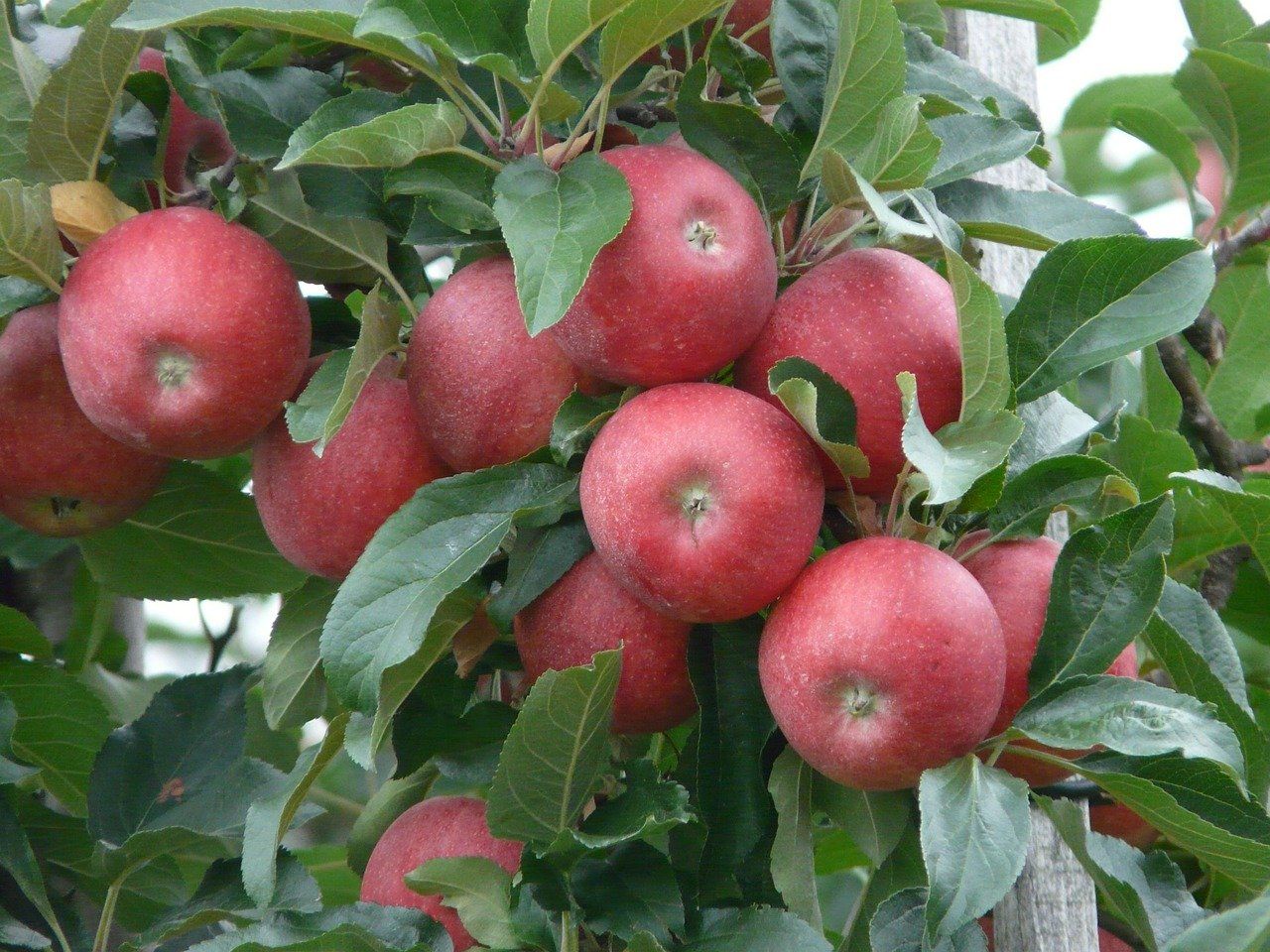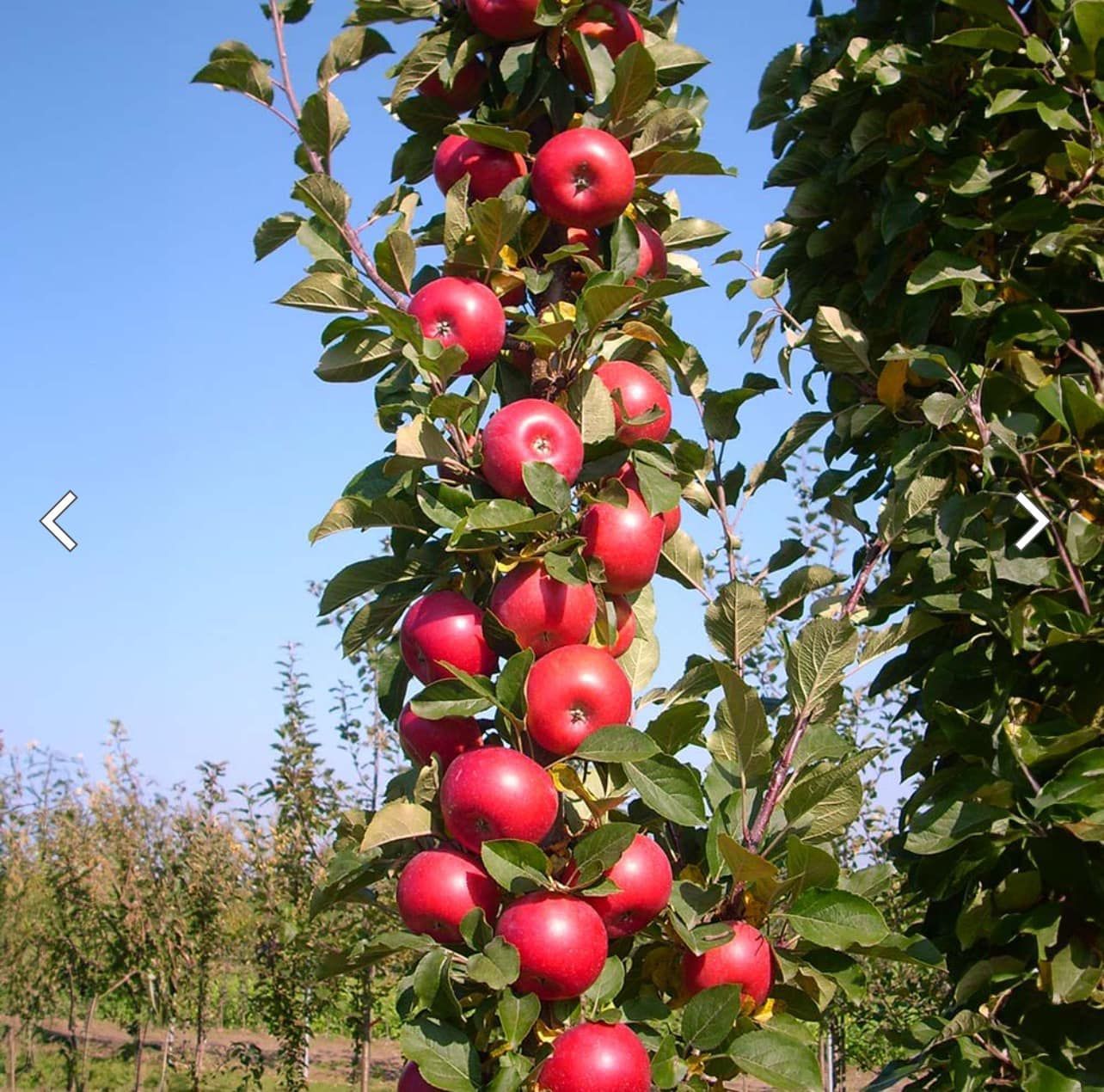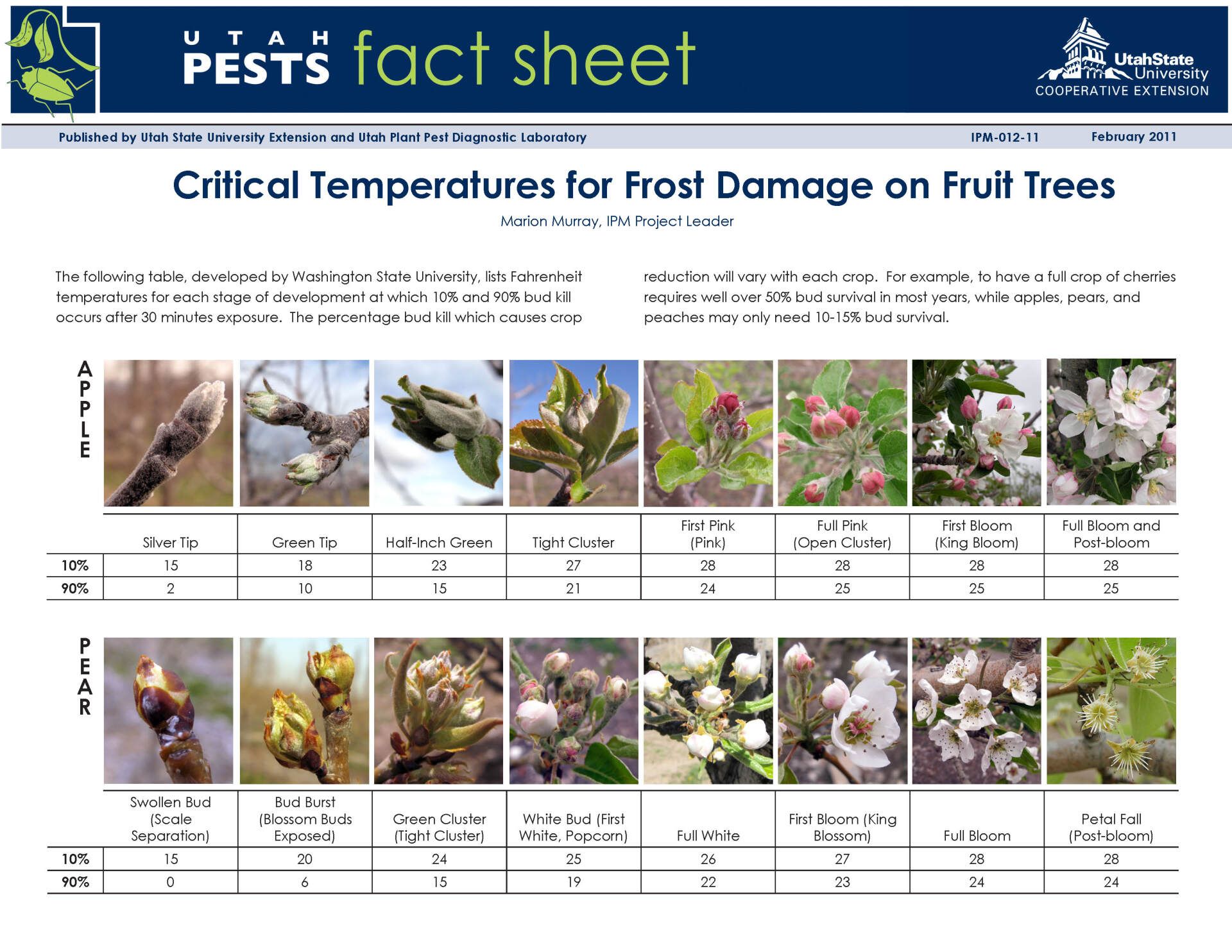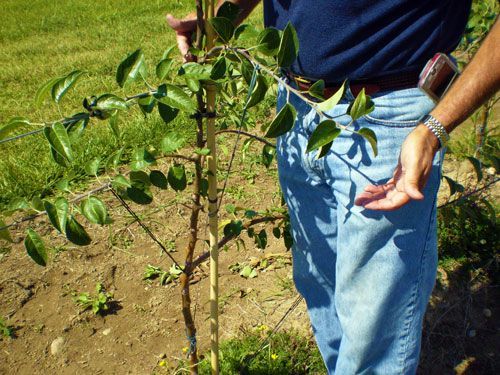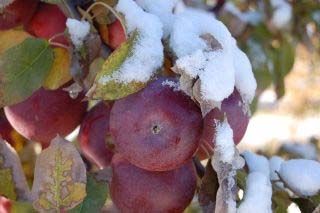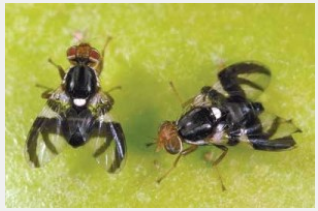Two Types of Dormancy in Apple Trees
Fruit Bud Dormancy VS Full Tree Dormancy
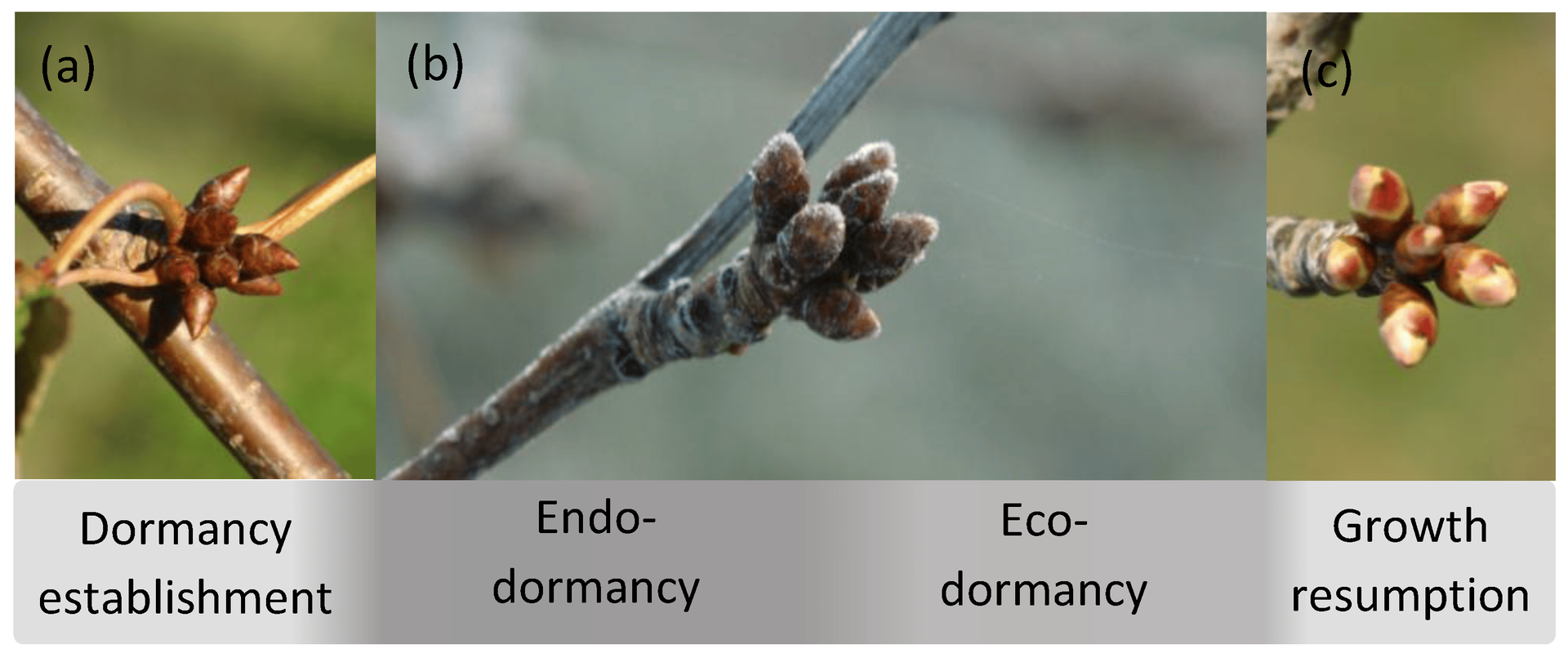
Apple trees experience different types of dormancy that affect both individual buds and the entire tree. While these dormancy processes are interconnected, there are some key differences between fruit bud dormancy and full tree dormancy.
Fruit Bud Dormancy
Fruit bud dormancy specifically refers to the dormant state of the mixed buds that will produce flowers and potentially fruit in the following season.
Timing: Fruit buds are initiated during the current growing season, typically in summer, for the following year's crop.
- Composition: These are mixed buds containing both leaf and flower primordia.
- Development: Fruit bud development occurs over two seasons, with floral components forming inside the buds during autumn and winter.
- Chilling Requirement: Each fruit bud has its own chilling requirement that must be met to break dormancy.
.
- Chilling Requirement: Each fruit bud has its own chilling requirement that must be met to break dormancy.
Full Tree Dormancy
- Full tree dormancy, also known as winter dormancy or endodormancy, is a state that affects the entire tree. Timing: It begins in late autumn or early winter and lasts until sufficient chilling has accumulated.
- Scope: This dormancy affects all parts of the tree, including vegetative and reproductive buds, as well as the vascular system.
- Purpose: It allows the tree to survive unfavorable winter conditions. Full tree dormancy progresses through distinct phases:
- Paradormancy (summer dormancy)
- Endodormancy (deep dormancy)
- Ecodormancy (spring dormancy)
Key Differences
- Specificity: Fruit bud dormancy is specific to reproductive buds, while full tree dormancy affects the entire tree.
- Initiation: Fruit buds begin forming in summer, whereas full tree dormancy is triggered by environmental cues like shorter days and colder temperatures in autumn.
- Duration: Fruit bud development spans two seasons, while full tree dormancy is an annual cycle.
- Breaking Dormancy: Fruit buds may have slightly different chilling requirements compared to vegetative buds1.
- Full tree dormancy release requires the accumulation of sufficient chilling for the entire tree.
- Physiological Processes: Fruit bud dormancy involves specific hormonal changes and gene expression related to flower development15.
- Full tree dormancy encompasses broader physiological changes, including alterations in water content, hormone levels, and metabolic activity throughout the tree.
- Impact on Growth: Breaking of fruit bud dormancy leads to blossom development and potential fruit set3.
- Release from full tree dormancy allows for overall growth resumption, including leaf development and shoot elongation.
Understanding these differences is crucial for orchard management, as it affects pruning timing, application of dormancy-breaking agents, and prediction of bloom and harvest times. Proper management of both fruit bud and full tree dormancy is essential for optimal fruit production and tree health in apple orchards.
REFERENCES:
Anton Milyaev, Ute Born, Elke Sprich, Michael Hagemann, Henryk Flachowsky, Eike Luedeling, Identifying indicators of apple bud dormancy status by exposure to artificial forcing conditions, Tree Physiology, Volume 44, Issue 10, October 2024, tpae112, https://doi.org/10.1093/treephys/tpae112
Meg Becker, The Phases of Bud Dormancy, Horticultural Consultant, Posted By HBFA | August 12, 2022
Wei J, Yang Q, Ni J, Gao Y, Tang Y, Bai S, Teng Y. Early defoliation induces auxin redistribution, promoting paradormancy release in pear buds. Plant Physiol. 2022 Nov 28;190(4):2739-2756. doi: 10.1093/plphys/kiac426. Erratum in: Plant Physiol. 2023 Mar 17;191(3):2066. doi: 10.1093/plphys/kiad039. PMID: 36200868; PMCID: PMC9706473.
Backyard Orchard Management @ Royal Oak Farm Orchard
Backyard Orchard Management @ Royal Oak Farm Orchard is a blog for the home fruit tree grower providing information about fruit tree management, fruit tree pruning & training and Integrated Pest Management from the IPM Specialist and Certified Nurseryman at Royal Oak Farm Orchard, a 22,000 tree apple orchard and agri-tourism operation located in Harvard, Illinois.
Click or tap any title to read that post.

